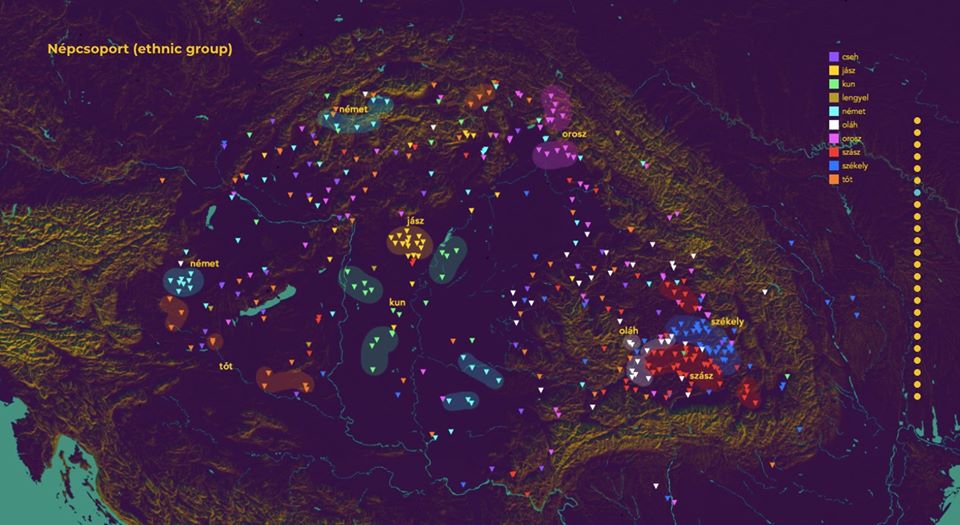WOW! A wonderful project shows you how Budapest evolved during the centuries
The new project of the ATLO team shows how Budapest was born and evolved from some small settlements on the banks of the River Danube into a metropolis where tourists come from every part of the world.
ATLO is specified on data visualisation and information design, and in this field, it is a pioneer on the Hungarian market. According to them, they are the first visual journalism team in Hungary. In the last few months, it has created a lot of very good work, 24.hu reported. This time, it has processed
the History of Budapest in a very spectacular way
from the Stone Age until 1950 when Greater Budapest was created.
Because of its size, it is very difficult to view the maps on a smartphone, but on tablets, laptops, and computers, they offer a perfect opportunity to study how the territory on which now there is Budapest evolved during the centuries. It starts in the Stone/Bronze/Iron Age when there were already many fortified settlements on both banks of the Danube River. For example, the Celts inhabited the Gellért Hill and they did not forget to mention (no longer existing) settlements of the Árpád-era like Csabarákos, Pádi, Jenő, Kána, or Gercse either.
https://www.facebook.com/atloteam/videos/502284997023610/
Furthermore, apart from what Budapest looked like in the past, there are many illustrations about different parts of the city, for example, you can check out what the Castle District and the town of Pest looked like in the 15th and the 18th centuries or where exactly the Roman town of Aquincum was.

There are easy-to-understand diagrams below the maps showing how quickly Budapest became a metropolis in the second half of the 19th century. But they also show how problematic it was for those who moved into the city to find a place to live because the city did not have enough flats and houses in the first half of the 20th century.
For example, during the war for independence of 1848-1849, the population of the city was only 151 thousand, and this number grew to 861 thousand by the turn of the century. Meanwhile, the number of flats was 9,558 in 1850 and only 15,400 in 1900.
Not enough? HERE you can read about an amazing Hungarian project to educate the young generation about plastic pollution. Meanwhile, HERE is an article about the top 10 things to do in Budapest during autumn.





